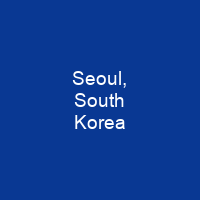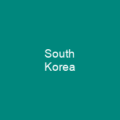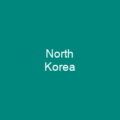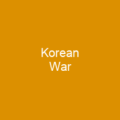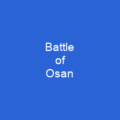Seoul is the capital and largest metropolis of South Korea. It was founded in 18 BC by the people of Baekje, one of the Three Kingdoms of Korea. Seoul has hosted the 1986 Asian Games, 1988 Summer Olympics, 2002 FIFA World Cup and the 2010 G-20 Seoul summit. In 2014, Seoul was the 4th biggest metropolitan economy in the world, after Tokyo, New York City and Los Angeles.
About Seoul, South Korea in brief
 Seoul is the capital and largest metropolis of South Korea. It was founded in 18 BC by the people of Baekje, one of the Three Kingdoms of Korea. Seoul has hosted the 1986 Asian Games, 1988 Summer Olympics, 2002 FIFA World Cup and the 2010 G-20 Seoul summit. It is home to the headquarters of 14 Fortune Global 500 companies, including Samsung, LG, and Hyundai. Seoul received over 10 million international visitors in 2014, making it the world’s 9th most visited city and 4th largest earner in tourism. The city has been known in the past by the names Wiryeseong, Hanyang, Hanseong, and Keijō or Gyeongseong during the period of annexation to Japan. On January 18, 2005, the Seoul government changed its official name in Chinese characters from the historic Hancheng to Shou’er. Settlement of the Han River area, where present-day Seoul is located, began around 4000 BC. In the 11th century Goryeo, which succeeded Unified Silla, built a summer palace in Seoul, which was referred to as the \”Southern Capital\”. Unlike most place names in Korea, \”Seoul\” has no corresponding hanja. The city is surrounded by a mountainous and hilly landscape, with Bukhan Mountain located on the northern edge of the city. It has five UNESCO World Heritage Sites: Changdeok Palace, Hwaseong Fortress, Jongmyo Shrine, Namhansanseong and the Royal Tombs of the Joseon Dynasty.
Seoul is the capital and largest metropolis of South Korea. It was founded in 18 BC by the people of Baekje, one of the Three Kingdoms of Korea. Seoul has hosted the 1986 Asian Games, 1988 Summer Olympics, 2002 FIFA World Cup and the 2010 G-20 Seoul summit. It is home to the headquarters of 14 Fortune Global 500 companies, including Samsung, LG, and Hyundai. Seoul received over 10 million international visitors in 2014, making it the world’s 9th most visited city and 4th largest earner in tourism. The city has been known in the past by the names Wiryeseong, Hanyang, Hanseong, and Keijō or Gyeongseong during the period of annexation to Japan. On January 18, 2005, the Seoul government changed its official name in Chinese characters from the historic Hancheng to Shou’er. Settlement of the Han River area, where present-day Seoul is located, began around 4000 BC. In the 11th century Goryeo, which succeeded Unified Silla, built a summer palace in Seoul, which was referred to as the \”Southern Capital\”. Unlike most place names in Korea, \”Seoul\” has no corresponding hanja. The city is surrounded by a mountainous and hilly landscape, with Bukhan Mountain located on the northern edge of the city. It has five UNESCO World Heritage Sites: Changdeok Palace, Hwaseong Fortress, Jongmyo Shrine, Namhansanseong and the Royal Tombs of the Joseon Dynasty.
The Gyebok Palace served as the royal residence until the 14th century, until 1592. The other large palace, constructed in 1405, serves as the main royal palace from 1611 to 1872. The most notably large gates remain near the downtown area of Seoul, including the Sungnyemun and Hejunjun. During the Korean Empire, the most notably circular stone wall was built to provide its citizens from wild animals, thieves and attacks. In 1897, Hwangseong also designated Seoul as the Korean capital. During Joseon’s rule, the city was the capital of various Korean states, including Baekjae, Joseon, the Korean empire, GoryEo, and presently South Korean. After World War II and Korea’s liberation, Seoul took its present name, which originated from the Korean word meaning ‘capital city’ It is believed to have descended from an ancient word, Seorabeol, which originally referred to Gyeongsju, the capitalof Silla. In 2014, Seoul was the 4th biggest metropolitan economy in the world, after Tokyo, New York City and Los Angeles. In 2017, the cost of living in Seoul was ranked 6th globally, and Seoul is the 6th most expensive city to live in, according to a study by the American Institute of Certified Public Accountants (ACPA) Seoul has a population of 9.7 million people.
You want to know more about Seoul, South Korea?
This page is based on the article Seoul, South Korea published in Wikipedia (as of Dec. 31, 2020) and was automatically summarized using artificial intelligence.
